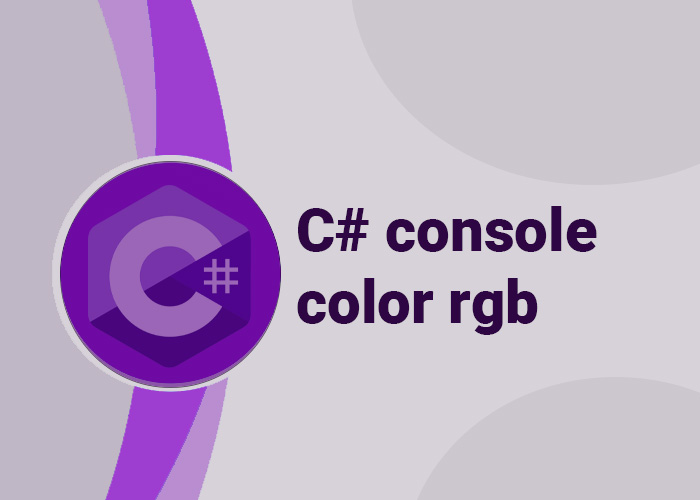HashSet vs. List and ToList in C#
In C#, both HashSet<T> and List<T> are useful data structures, but they serve different purposes and offer distinct performance characteristics. Understanding their differences can help you choose the right collection based on your application's requirements. This article compares HashSet<T> and List<T>, including practical scenarios for each and how to convert between them using ToList.
Overview of HashSet<T> and List<T>
HashSet<T>
HashSet<T> is an unordered collection that guarantees unique elements. It is best suited for fast membership testing and performing set operations like union, intersection, and difference.
- Unordered: Does not maintain any specific order of elements.
- Unique: Ensures that no duplicate elements exist in the collection.
- Performance: Provides O(1) time complexity for Add and Contains.
List<T>
List<T> is an ordered collection that can contain duplicates. It is suitable for scenarios where you need to maintain the insertion order or require indexed access.
- Ordered: Maintains the order of insertion.
- Duplicates: Allows duplicate elements.
- Performance: O(1) time complexity for adding to the end, but slower for searching or adding in the middle.
Comparison of Key Operations
Adding Elements
- HashSet<T>: Add returns true if an element is new; otherwise, false if it is a duplicate.
- List<T>: Add always adds elements, even if they are duplicates.
Searching for Elements
- HashSet<T>: Contains is fast due to hashing.
- List<T>: Contains requires a linear search, which is slower for large collections.
Indexed Access
- HashSet<T>: No index-based access as it's unordered.
- List<T>: Supports direct index access with indexing operators.
Example: HashSet and List with ToList
The following example demonstrates how to convert between a HashSet<T> and a List<T>:
using System;
using System.Collections.Generic;
using System.Linq;
public class HashSetVsListExample
{
public static void Main()
{
// Creating a HashSet of unique strings
HashSet<string> hashSet = new HashSet<string> { "Apple", "Banana", "Cherry", "Apple" };
// Creating a List with duplicates
List<string> list = new List<string> { "Apple", "Banana", "Cherry", "Apple" };
// Adding elements
hashSet.Add("Date");
list.Add("Date");
// Checking if an element is present
Console.WriteLine("HashSet contains 'Apple': " + hashSet.Contains("Apple"));
Console.WriteLine("List contains 'Apple': " + list.Contains("Apple"));
// Converting HashSet to List
List<string> hashSetToList = hashSet.ToList();
Console.WriteLine("HashSet converted to List:");
foreach (string item in hashSetToList)
{
Console.WriteLine(item);
}
// Converting List to HashSet
HashSet<string> listToHashSet = new HashSet<string>(list);
Console.WriteLine("List converted to HashSet:");
foreach (string item in listToHashSet)
{
Console.WriteLine(item);
}
}
}
Choosing Between HashSet and List
Use HashSet<T> if:
- You need to ensure unique elements.
- Fast membership testing is crucial.
- Set operations like union and intersection are required.
Use List<T> if:
- Ordered data is essential.
- Indexed access is needed.
- Duplicate elements are acceptable.
Conclusion
Both HashSet<T> and List<T> are powerful collections in C#, each serving unique purposes. By understanding their differences and practical use cases, you can select the right collection and optimize data handling in your applications.





